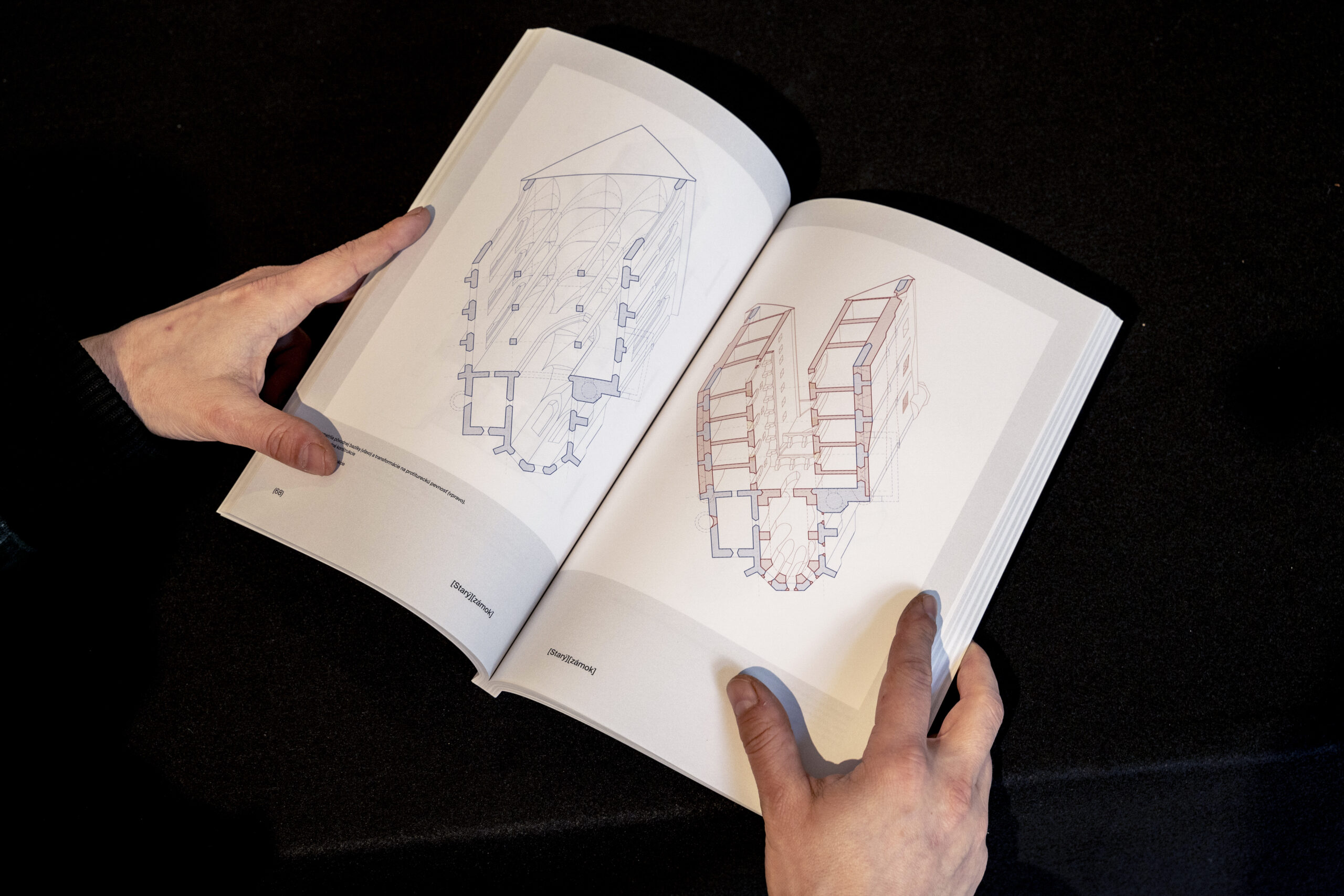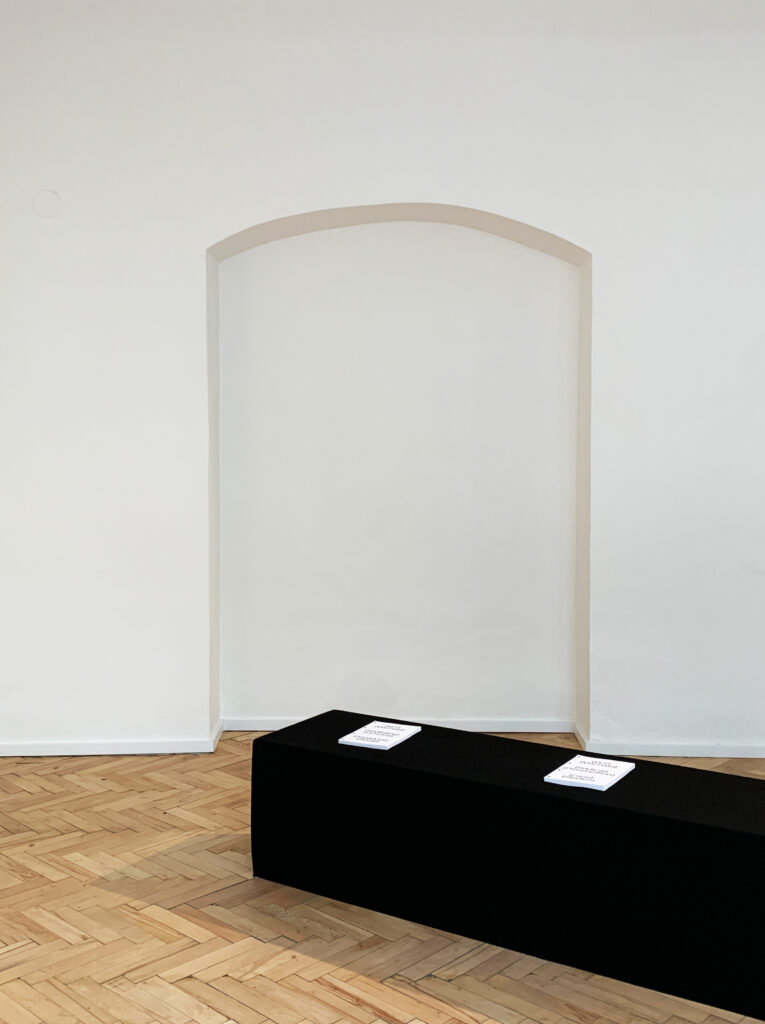



Today, the building industry predominantly follows the practice of demolition and new construction. However, in the contemporary context of creating a sustainable environment, this approach appears increasingly outdated. At the beginning of the millennium, the thesis of the Anthropocene emerged, suggesting that we are entering a new geological epoch. According to this thesis, the prosperous and stable geological epoch that witnessed the birth of human civilization—the Holocene—has ended. We have now moved into the Anthropocene, an epoch defined by the significant impact of human activity on the planet’s climate and ecosystems, where humanity acts as a geological force. In this context, the cyclical process of demolition and new construction can be seen as characteristic of the earlier Holocene epoch. The new reality of the Anthropocene necessitates a shift in perspective, resulting in different imperatives that render the earlier paradigm obsolete and create new opportunities for reflection and rethinking.
Radical Preservation is a method for adaptive reuse of existing buildings. It is a response to the need to re-evaluate our approach to the environment and the existing building stock. Its use supports the broader objectives of preserving heritage values, promoting and creating a sustainable environment in the context of adapting to changing global conditions and societal needs.
Radical Preservation considers buildings as processes. Each building is just one phase in the development of an architectural project. If we are able to identify the inherent principles of buildings and the mechanisms by which they were designed, we can use this knowledge in the further development of these structures, thus creating the next phase of their evolution - a continued building. By such intentional development, we can protect the values of buildings within their transformation. In essence, such an approach can be interpreted as preservation through rebuilding.
The term “preservation” refers to the focus of this method, targeting structures with potential heritage value. More specifically, it refers to the need to update the architecture of the second half of the 20th century, post-war modernism in general, or socialist modernism in the context of the former Eastern Bloc countries. Due to the ideological contamination[1] of these buildings, their care and maintenance remain on the margins of social interest, thus they find themselves under pressure from economic and political forces. These structures are at the end of their life cycles. Their adaptation to contemporary requirements and ensuring their resilience in the future represents an undeniably difficult task. In most cases, however, little interest is expressed in exploring the possibilities of their transformation.
The term “radical” originates from the inherently experimental nature of post-war modernist architecture. It refers to the aim of deepening our understanding of these young objects and exploring potential methods of their preservation and adaptation. This may involve unconventional, experimental and invasive practices. Examples of Radical Preservation emerge in a time of urgent need to update and/or change the programme of these buildings in order to save them. In this context, Radical Preservation can be seen as a natural evolution of the discipline of heritage preservation, representing a novel method of working with and caring for endangered architectural heritage.
The exhibition Radical Preservation – Case Studies presents five architectural projects that are interpreted as Radical Preservation. Two historic examples, Old Castle and Mosque-Cathedral, offer a reflection considering the current understanding of heritage preservation as a static and unchanging discipline, whereby the nature of history lies more in transformation rather than preservation. These historical examples show invasive transformations of buildings which helped to preserve them in times of threat, and today we protect them as historical and cultural heritage. Three contemporary case studies (St. Agnes – Brandlhuber+ Emde, Burlon / Riegler Riewe Architekten; Mäusebunker – bplus.xyz; Dornbuschkirche – Meixner Schlüter Wendt) represent examples of the transformation of late modernist architecture and illustrate concrete possible tools and practices of Radical Preservation. In addition to graphic and written documentation and interpretation of the projects, each of the contemporary examples is accompanied by an interview with the authors of the transformation project.
Case studies are accompanied by a set of supplementary material (Context) with contributions from different authors, which aims to provide a more thorough description of Radical Preservation and the context of its origin as a method of architectural work within late modernist architecture (Benjamín Brádňanský, Vít Halada). As a method that reacts to the climate crisis and the thesis of the Anthropocene (Till Zihlmann) with the associated changes in the architectural profession and practice (RRRArchitecture, Muck Petzet Architekten – Ferdinand Knecht, Korbinian Luderböck). Moreover, the included material aims to outline the current social position towards the architecture of late and/or socialist modernism and the reasons and consequences of its erasure (Natália Kvítková), to define the position of Radical Preservation in the historical context of the development of the discipline of heritage preservation.
Radical Preservation was formulated out of an urgent need to define methods for adapting late modernist architecture which fall outside the scope of institutionalized monument preservation. Even if such buildings become listed heritage sites, traditional monument preservation often lacks sufficient tools of working with these relatively young structures. This situation is occurring with increasing frequency as the time interval between a building’s completion and its potential demolition or consideration for monument preservation becomes shorter.[2]
The potential of Radical Preservation lies in its role as a research method to deepen our understanding of architecture from the second half of the 20th century. It aims to identify heritage values and formulate methods and procedures for the preservation and further development of these structures. Eventually, Radical Preservation seeks not to limit itself to the architecture from a specific period but to serve as a way of thinking that identifies, highlights, and advocates the qualities of existing objects and environments, which have the potential to be recognised as cultural values that and may be hidden from the sight of public interest.
One of the main goals of contemplating architectural methodology, beyond promoting sustainability and preservation of heritage values, is to critically reflect on established practices. It encourages questioning one’s own working methods and preconceived knowledge. Transforming existing structures offers an opportunity to rethink concepts of “permanence” within conservation and the “obsession” with new forms in architecture. This approach re-evaluates the tradition of the architectural profession established in the 20th century, reconsidering the role of the architect as a creative innovator, as well as the concept of authorship. The transformation of the existing is an inherent part of architecture. Ultimately, in any architectural project, the question arises how to relate to what is already in place. Or as the Viennese architect Hermann Czech puts it – everything is rebuilding (Alles ist Umbau).[3]
The exhibition Radical preservation: Case studies of the method of adaptive reuse of buildings / Preservation by rebuilding is currently running at MEDIUM gallery, Hviezdoslavovo nám. 18, Bratislava, until Sunday 2nd June 2024.
[1] Architect and academic Graeme Brooker refers to the political, ideological, or other encumbrances of a building arising from its context and former function as infection or contamination. See: BROOKER, Graeme. 2006. Infected Interiors: Remodelling Contaminated Buildings. Idea journal 7 (1):1-13. https://doi.org/10.37113/ideaj.vi0.158.
[2] As Koolhaas pointed out in his lecture at Columbia University in New York in 2004 – “preservation is overtaking us“ – KOOLHAAS, Rem. 2014. Preservation is Overtaking Us. In: CARVER, J. (ed.). Preservation is Overtaking Us. New York: Columbia Books on Architecture And The City, p. 14-15
[3] CZECH, Herman. 1998. Alles ist Umbau. In: Werk, Bauen+ Wohnen (Nr.3). [online]. Available at: https://www.e-periodica.ch/digbib/view?pid=wbw-004:1998:85::1103# (Accessed: April 2021)
